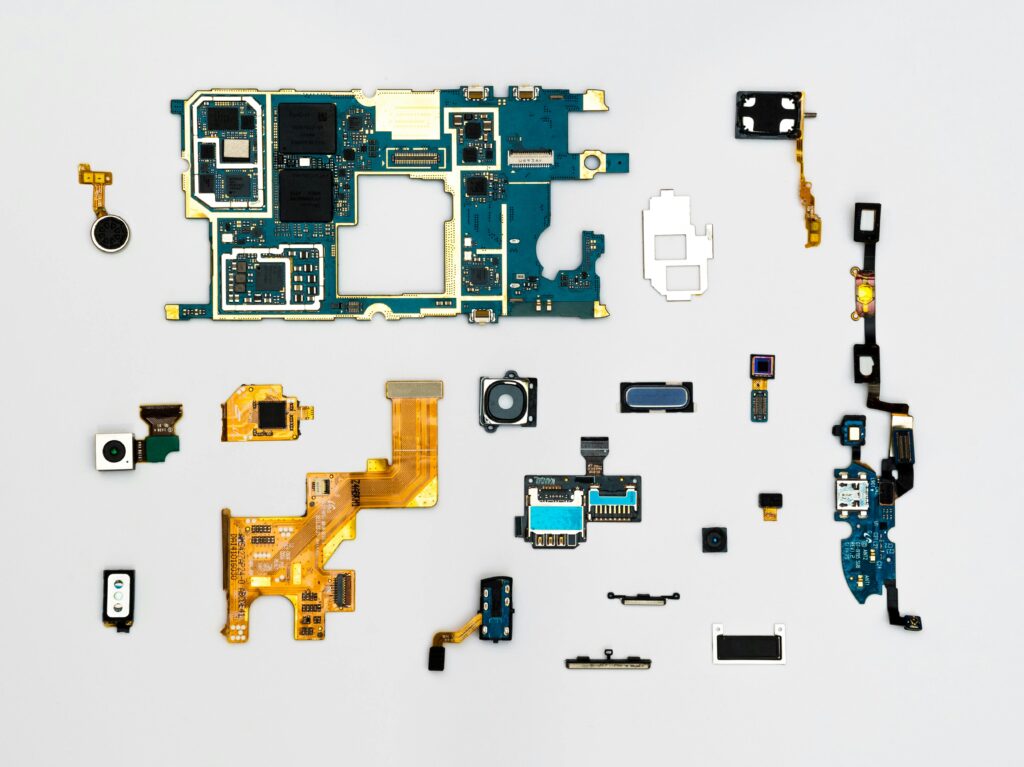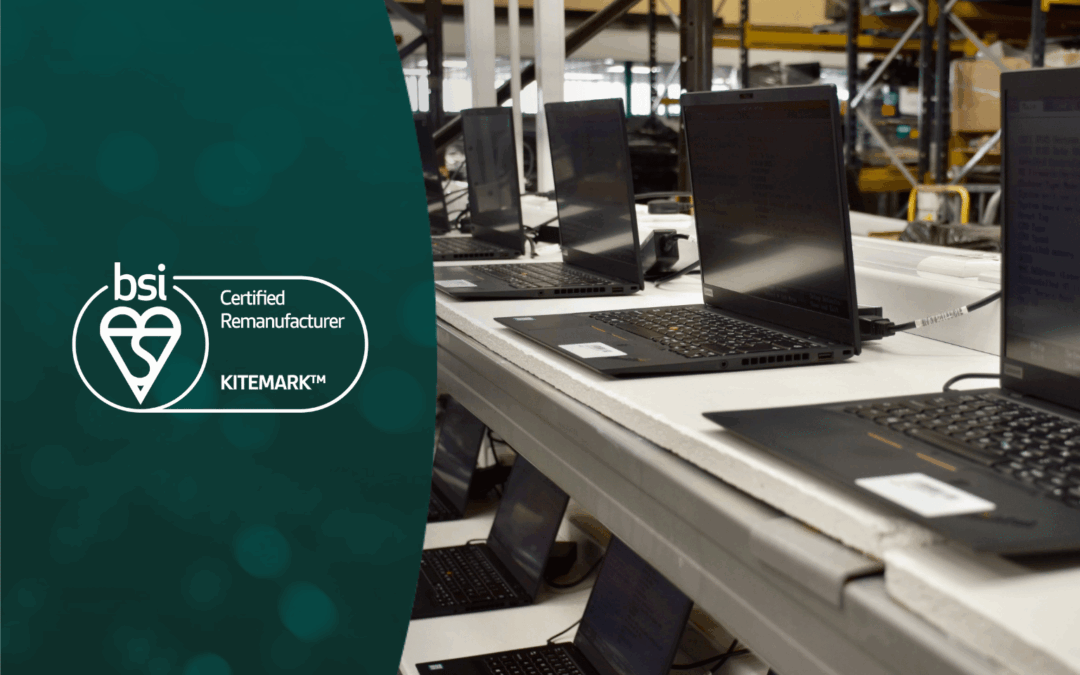Checking emails, social media or the news; banking, making payments, taking photographs, finding our way; it is fair to say that we would be lost without our smartphones, perhaps literally. Oh, let’s not forget, our now indispensable devices also make calls.
Essential to navigate the world we live in, our smartphones keep us connected and informed, but are our mobile devices so commonplace that we turn a blind eye to their environmental footprint?
The number of mobile phone connections now exceeds the number of people on earth. In 2023, the number of global smartphone users reached 6.93 billion – equating to over 85% of the planet’s population owning one. *^ Include all mobile phones and that percentage increases to 91.68%, remembering that 9% of the global population has no access to electricity). + By 2026, Statista forecasts that there will be 7.516 billion mobile phone users.
No longer a perk of the job, company mobiles are a business necessity, connecting remote teams, boosting productivity and in short, making our working lives an awful lot easier.
For larger enterprises, their high number of corporate smartphones is a hidden contributor to their environmental footprint. As ethical organisations focus on improving their ESG, business smartphone emissions can often sit underneath the radar.

What is the environmental impact of smartphones?
The average annual carbon footprint of a single smartphone is 63 kg CO2e. # Although estimated equivalents are not an exact comparison, the Carbon Trust equate this to driving a car for 155 miles. **
In the past five years, global smartphone usage has almost doubled, # with our craving for the latest devices resulting in 1.5 billion global sales of new devices, every year. ^^ The latest statistics published by Exploding Topics in December 2023, state that the average person now uses their smartphone for 3 hours and 15 minutes a day, checking it approximately 58 times.
As a result, carbon emissions linked to smartphone use have risen greatly, now dwarfing the CO2e contributed by PCs or laptops, according to research by McMaster University, Canada. ^^
Back in 2020, researcher and author Mike Berners-Lee stated that the number of mobile phones in use, worldwide, created a global carbon footprint in the region of a whopping 580 million tonnes of CO2e – approximately 1% of all worldwide emissions.
Supply chain.
The environmental footprint of smartphone production begins long before their manufacture. Mining for the precious metals and chemical elements that construct our smartphones is an exceptionally carbon-intensive process. Our phones contain 16 of the 17 rarest earth elements, ++ 80% of the periodic table. ## According to the UN Environmental Programme, they are one of the most resource-intensive products by weight on the planet.
Destructive by its very nature, mining damages ecosystems, causes deforestation, displaces communities and native wildlife populations, is often hazardous to human health, and is predominantly powered by fossil fuels. Toxic by-products are known to often leach into soil and water systems. In 2015, the reported on a 5.5-mile-wide tech-waste lake, which then held 68,800,000 cubic metres of black, toxic slurry and dangerous chemicals; it continues to grow. ++ Our tech comes with a high social and environmental price tag.
Production.
Analysing inputs and outputs throughout the entire lifespan, the ecological footprint of smartphones is commonly measured using the Lifecycle Assessment model, (LCA). Much like our other business technology, the manufacturing of our shiny new handsets takes the lion’s share of a smartphone’s total lifetime emissions.
Approximately 80% of a smartphone’s lifetime CO2e emissions are
attributed to its production. (And a further 3% for the transportation of new assets). ++
The energy used within the production and testing facilities alone is significant. Whilst Apple and Google have moved a proportion of their smartphone production to Vietnam following increasing global tensions, the majority of the world’s electronics continue to be manufactured in China – in both countries, coal remains the main source of power. As up to 30% of the running costs for a semiconductor chip production facility is the power required to maintain the specific, constant humidity and temperature, these high, fossil-fuel emissions contribute to the device’s environmental footprint.

Usage.
Many of us would consider the carbon footprint of charging a phone to be a significant proportion of its total emissions, yet use is widely reported to account for just 16%; ***
However, many might be surprised at the carbon footprint of a phone call. In 2022, Reboxed reported that a one-minute, mobile-to-mobile call, generates 50-60 grams of CO2; and a single user making calls, totalling just two minutes per day, will create 47 kg of carbon emissions, annually.
This may seem a small amount – but remember to times this by the 6.93 billion smartphone users worldwide. * (Approximately 325.71 tonnes). Then take into account that the majority of business smartphone users alone will make more than one 2-minute call a day.
How can we reduce the environmental impact of smartphones?
Let’s be realistic, it’s highly improbable that the world will return to a world without the smartphone, or indeed, its technological successor. Therefore, when it comes to reducing our corporate smartphone emissions, boosting corporate sustainability, the 3 pillars of the circular economy model will be vital.
Reduce.
Reducing smartphone impact on the environment isn’t solely about using our phones less; but using them for longer, extending their lifespans, and their lifetime value.
Although the tech giants would have us believe otherwise, in real terms, there is often minimal difference between the next smartphone generation and the previous model. Sim-only deals are increasing in popularity and are a great way to only upgrade a device when you really need to.
Choosing to repair rather than replace any item is certainly more sustainable. Two of the most common reasons for smartphone replacement are either a shattered screen or a degraded battery life. Whilst gone are the days when a consumer could pop the back off their handset and swap out the battery themselves, professional refurbishers can do so, giving your smartphone a brand-new lease of life.
The leading manufacturers are yet to design devices with greater repairability, but sustainably-minded brands, like Fairphone, aim to shake up the marketplace. Maximising device longevity, their modular phones are easy to repair and are made from recycled components.
Reuse.
Much like renewed laptops or desktops, refurbished smartphones provide the same functionality, at a fraction of the cost, both financially and environmentally. A longer lifecycle prevents the over-extraction of raw materials, the environmental damage caused by mining, and avoids the substantial emissions created through new device manufacture.
If you sell redundant IT assets for refurbishment and resale, the residual value will be returned to the business, driving cost efficiencies. Highlighting the importance of asset disposal, your business smartphones are mini-computers containing personal data, so, it’s vital to document their secure data erasure.

Recycle.
The good news is that up to 80% of your phone is recyclable, this includes almost all of the gold, copper, cobalt, and tin contained within it. ++ *** The bad news is that despite increased awareness of the global e-waste crisis, only 15% of smartphones are recycled; wasting tons of perfectly serviceable components, plastics and metals, which could be remanufactured.
When disposing of any end-of-life IT assets, including smartphones, it’s crucial to make sure that you follow the same data governance principles as you do for your other redundant IT equipment; choosing to work with reputable e-waste recyclers.
It’s always good to ask about the sustainability credentials of manufacturer/retailer trade-in schemes along with that of any environmentally friendly ITAD services. IT asset disposal companies will also provide an ITAD chain of custody for any mobile device recycling, preventing data security issues and evidencing your legal compliance.
Finally, it is worth remembering to recycle any broken smartphones that cannot be refurbished as soon as possible. These will be more valuable, both in terms of being able to reuse more components and their residual value to the reverse supply chain.

Our business benefits delivered by our smartphones are significant. However, now superseding the numbers of people on earth, it’s easy to see the cumulative, and substantial impact of total global smartphone carbon emissions.
Many large organisations and enterprises are already on the path to net zero. However, to reach the UK government’s decarbonisation targets, businesses must include their mobile phone contracts and usage in their overall sustainability strategy, ensuring they address the hidden eco-cost of their smartphone pollution.
*Statista, ^Bank my Cell, +UN Statistics Division, #Infoineo, **LinkedIn, ^^Reboxed, ++The Ethicalist, ##World Economic Forum, ***Mossy Earth.
tier1’s circular philosophy of ‘reduce, reuse, recycle’ is at the heart of all we do. Delivering sustainable IT solutions and secure data erasure services, we help you limit your environmental impact, whilst preventing any data governance issues, ensuring your organisation’s GDPR and WEEE compliance.
We are committed to achieving net zero ourselves by 2040; we’ll help you develop your own sustainability policy to ensure you reach your own environmental goals, too.
Our expert, experienced team of technicians will help you procure refurbished technology and sell your redundant IT assets, regaining residual values to drive cost efficiencies.
Chat with our friendly team about our mobile device recycling, lifecycle management, or any of our other data wiping services; call 0161 777 1000 (Manchester), 01621 484380 (Maldon).
Visit www.tier1.com or our 5-star refurbishment resales platform, tier1online.com
Resources.
BBC, The Guardian, Infomineo, ABC News, LinkedIn, Mossy Earth, Bank my Cell, Statista, Quartz, Reboxed, ESG Legal, Exploding Topics, Le Monde, USwitch, Deloitte, Fair Planet. Sky News, United Nations Environmental Programme, The Ethicalist, TXO, Forbes, World Economic Forum, Endesa, New York Times, Forbes, UN Statistics Division.



